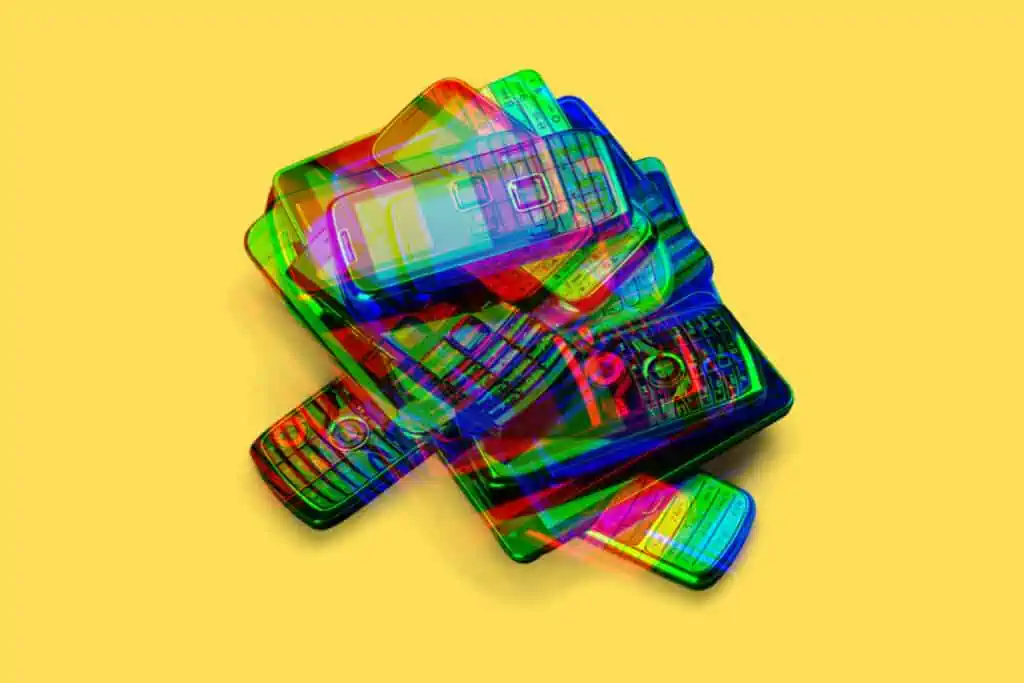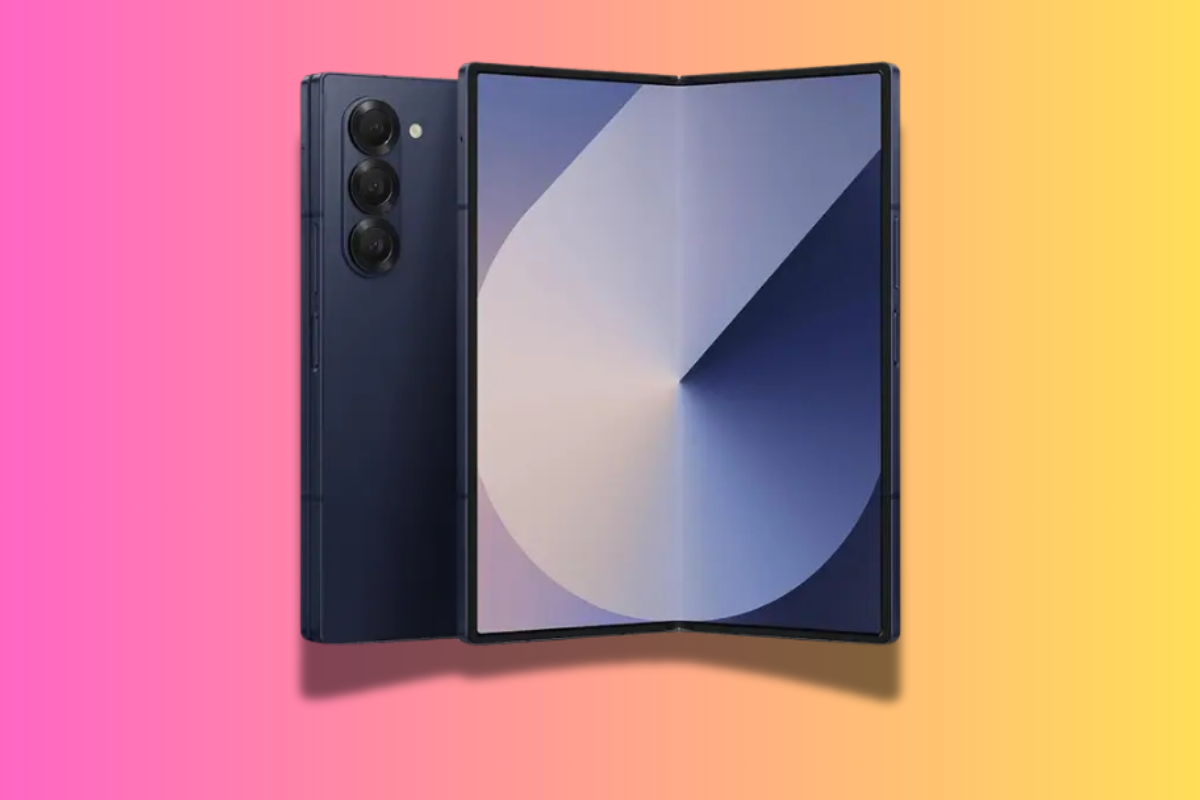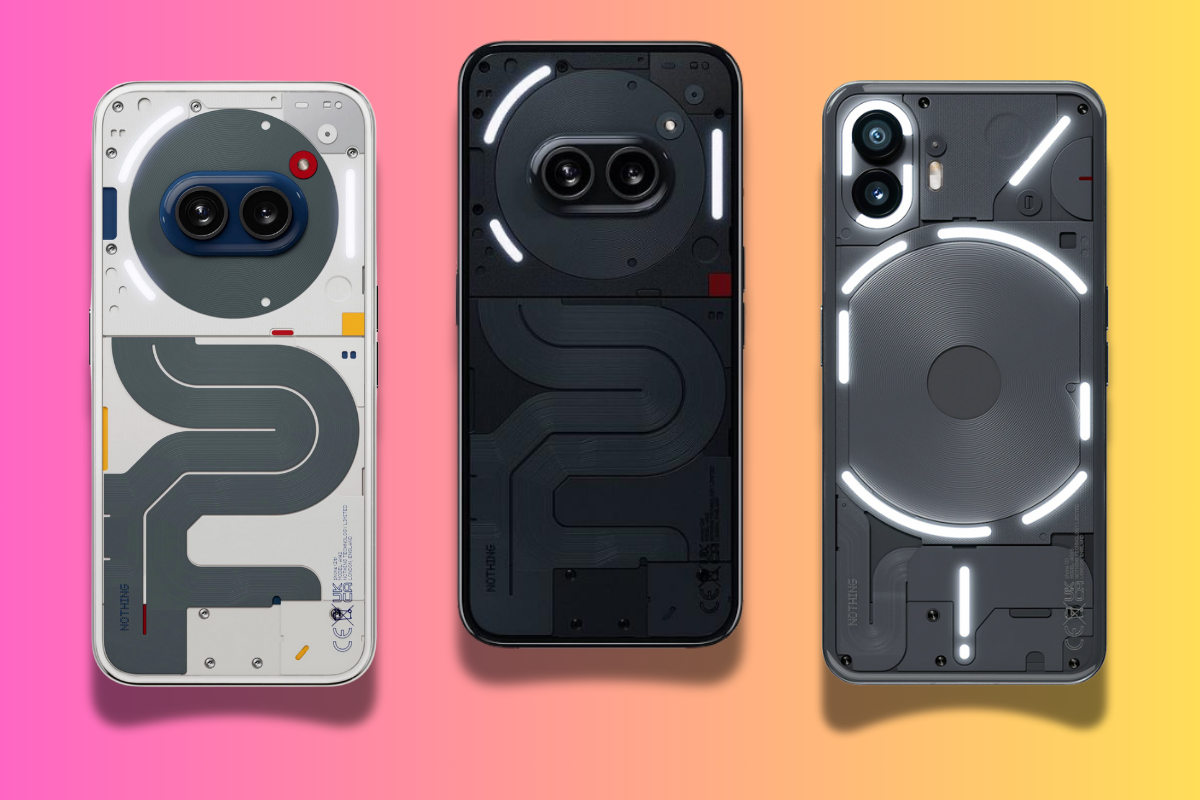When you buy a new phone, you want it to last a good long time – a good three to four years, right? But which phone actually lasts the longest? iPhones? Android phones? Samsung phones? Read on to find out…
How long does the average person hold onto a phone? Most contracts our finance plans tend to run from anywhere from 12 to 36 months. This means, that if you bought a new phone today you would want it to still be perfectly functional in two to three years’ time, right? That sounds fairly reasonable, especially if your finance plan runs two to three years.
But the issue with this is that the vast majority of phones DO NOT last thing long. In the Android market, the majority of phones sold today will not be functional in two to three years’ time. Most of the time, they’ll be stuck on older versions of Android. In other cases, the phones will simply stop working due to poor quality control on the manufacturer’s part, bad software updates, or a combination of the two.
Does this apply to all Android phones? No, not at all. But it does apply to A LOT of Android phones. Cheaper models are the worst culprits; they’re designed to be throwaway phones. The components are cheaper, corners were cut, and the overall package isn’t as well executed as you get on more expensive phones. In this respect, the old adage – when you buy cheap, you buy twice – is very much true.
Samsung is doing a much better job these days with respect to quality control, software updates (you now get three major updates, the same as Google’s Pixel phones), and its overall design and support. But Samsung is something of an exception in the Android market. And Samsung phones aren’t exactly cheap if you want a good one. Even Google has issues with quality control and updates.
As painful as it is for some people to stomach, Apple is literally the only phone company operating today that provides better than adequate support to its users. If you buy an iPhone today, even a slightly older refurbished model, you will get a solid six to eight years’ worth of iOS updates and security patches. No one else in the phone space comes even remotely close to matching this – not even Google which, if we’re being honest, really needs to up its game in this regard.
How Long Should A Phone Last?
If you’re dropping $500+ on something, you want it to last. If you bought a $500 4K TV and it stopped functioning optimally after a few years, you’d be rightly pretty upset. But this thought process doesn’t seem to apply to phones – most Android users know they only really have a few good years with their phone, usually only a couple. You can, of course, root an Android phone and flash it with a custom ROM but not too many people are inclined to do this.

If you buy a phone today, any phone from any brand, you should be able to use it for at least three years. This means, in an ideal world, you’d get three years’ worth of software updates and three years’ worth of security updates. That is a reasonable ask if you’re going to be spending hundreds of dollars on something. But the sad truth is that only Apple, Google, and Samsung match this criterion – all other brands perform much, much worse. Case in point: you could spend $600 on a Xiaomi phone and only get one major Android update. Ditto Sony, RealMe, and VIVO.
Why Software Updates Are Important For Your Phone
When you get a new version of iOS or Android on your phone, you not only get access to new features but also new security protections too. If you’re using older software, or do not get access to the latest security patches, your phone is essentially running unprotected, exposing you to all kinds of nasty exploits, hacks, and malware. To be frank, this is a massive problem in the Android ecosystem, where platform fragmentation is still rife.
People think that getting a cheap phone will save them money, or they don’t want to be lumbered with a huge finance bill for a more expensive phone. This is fine. But you really need to be savvier with which phone brand you go with – anything built by a Chinese brand will not have the same level of security and quality control as something built and designed by a US company like Apple or Google, or a Korean firm like Samsung. You’ll get a functional phone with great specs, sure, but in the long term – say, 12 to 24 months later – you will run into problems.
If you’d been savvier and gone with, say, a refurbished iPhone XR or iPhone 11, you would have spent the exact same amount of money – around $400 – and gotten a vastly superior phone, both from a security and support perspective, as well as a security perspective too. For overall update support, Apple is the champion of the phone space by a considerable margin.
Samsung is making big efforts to improve its support for its users; it now matches and in some respects betters Google in this area. You now get three major Android updates and four years’ worth of security patches with all new Samsung phones. That’s progress. But it does limit your choice somewhat; you either go with Samsung or Apple. And with Samsung, to get the maximum level of support, you will need to buy a new phone, not an older refurbished model.
What About Reliability?
Again, if you’re looking to hold onto your phone for a good few years or more, you need to invest in a phone that is reliable. But which phone has the best longevity? In our experience, Apple’s iPhones tend to have the best all-around reliability. Apple’s quality control is second to none and when you combine this with its market-leading software support, it means you’ll get far more mileage out of an iPhone than an Android phone.
Google’s Pixel phones look great, have amazing cameras, and run gorgeous software but they’re not without their problems. Pretty much every single Pixel released to date has been dogged by some kind of hardware issue or bug. You’d think Google would have a better handle on things now but yet again there are plenty of reported issues with both the Pixel 6 and the Pixel 6 Pro. Making and designing phones isn’t easy, even companies like Google struggle. And it has essentially infinite budgets.
Samsung does slightly better with respect to Google in the durability stakes. It sells way more phones and appears to have far fewer reported issues with its hardware. There have been disasters in the past, however, but Samsung has been working hard on both its R&D and its quality control for the past half-decade and this is obvious to anyone that has used a modern Samsung phone for any period of time.
Behind Samsung, the Android market is effectively carved up and controlled by smaller, agile Chinese brands like Xiaomi, RealMe, VIVO, and OPPO. Again, the vast majority of these phones are decent with respect to design, performance, and overall specs. They’re also significantly cheaper than an iPhone or a Samsung flagship. But there are caveats that you need to be aware of.
The most pertinent of which relates to Android updates. Nearly all of the aforementioned brands, with the exception of OnePlus and OPPO, have terrible track records when it comes to Android updates. Worse still, brands like Xiaomi are known to be seriously unreliable with respect to both the hardware and software that runs inside their phones. And because they’re based out of China, there’s no comeback for you, the consumer, no customer support, and likely no refunds.
If you must get a Chinese-made phone, go with either OnePlus or OPPO. Both brands have shown that they care about reliability, Android updates, and, to a lesser extent, customer service. You’re still going to be infinitely better off with an iPhone or a Samsung phone. But if you do want to go the cheaper route, OnePlus and OPPO are well worth a look. I’d avoid Xiaomi like the plague, however, and Huawei. The latter no longer runs Google services which makes Android basically useless, and the former is just too unreliable.
Which Phone is The Most Reliable?
In order to keep phones up to date, to design them to work flawlessly for years at a time, companies need to spend hundreds of millions of dollars, in order to design, manufacture and maintain their phones. You have engineers, designers, salespeople, and supply chain partners to pay, and then you have to transport and distribute them all over the world – it is a costly, labor-intensive affair. It’s not just something you start doing; it requires serious money and a huge amount of specialized skills and talented, driven people.
With this in mind, is it any wonder that smaller, less well-funded companies – brands like RealMe and Xiaomi – struggle to not only maintain their phones in the longer term with software updates but also ensure all of their phones run seamlessly with respect to hardware and software functionality? If Google struggles, and Samsung to an extent, it stands to reason that fairly new, smaller brands like Xiaomi, RealMe, and VIVO would all fall victim to the high barriers to entry. The fact there aren’t MORE issues with these newer, cheaper phones is a testament to just how good these smaller, start-up phone companies actually are.
If you want my advice, go with an iPhone. Apple has a brilliant track record with updates and the reliability of its products. It has market-leading customer ratings, built from its excellent products and brilliant customer support, and its phones will run two or three times longer than any other phone you care to name.
If you want to go the Android route, go with Samsung. Like Apple, it has invested heavily in its customer support and customer experience. This is why it is Apple and Samsung that dominate the mobile market, not Sony or LG, or Xiaomi.


